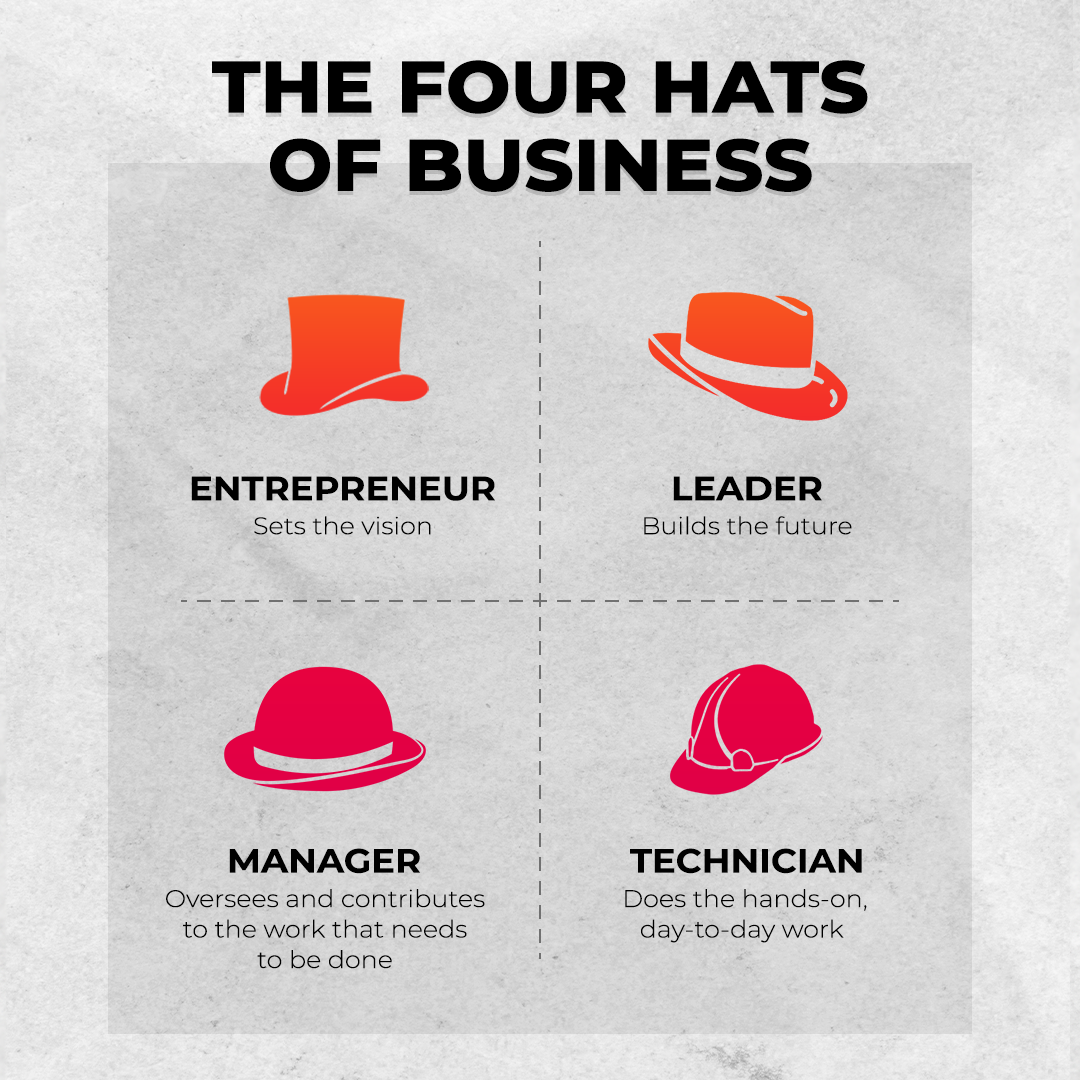
What are the 4 Hats of Business?
The 4 Hats of Business represent four distinct but interconnected roles that must be fulfilled in any successful enterprise. The Strategy Hat focuses on vision, direction, and competitive positioning. The Operations Hat ensures efficient delivery of products or services. The Marketing Hat drives customer acquisition and retention. The Finance Hat manages resources and measures performance. Like a one-person band, business leaders—especially in smaller organizations—must learn to switch between these hats seamlessly.
History and Origin
While the concept of multiple business functions has existed since the dawn of commerce, the "4 Hats" framework emerged from the practical experiences of entrepreneurs and small business consultants in the late 20th century. The metaphor gained popularity as business educators sought ways to help overwhelmed entrepreneurs understand why their businesses struggled despite expertise in their core craft. The framework crystallized the insight that technical excellence alone doesn't guarantee business success—leaders must be competent across all four domains or build teams that complement their weaknesses.
How to Use the 4 Hats Framework: Step by Step
Step 1: Understand Each Hat
The Strategy Hat (Vision & Direction):
- Where is the business going?
- What is our competitive advantage?
- Which markets will we serve?
- How will we differentiate?
- What are our long-term goals?
The Operations Hat (Execution & Delivery):
- How do we deliver our product/service?
- What processes ensure quality?
- How can we improve efficiency?
- What systems do we need?
- How do we manage capacity?
The Marketing Hat (Customers & Growth):
- Who is our target customer?
- What is our value proposition?
- How do we reach our audience?
- What's our pricing strategy?
- How do we build loyalty?
The Finance Hat (Resources & Measurement):
- Are we profitable?
- How's our cash flow?
- What are our key metrics?
- Where should we invest?
- How do we manage risk?
Step 2: Assess Your Current Hat Balance
Evaluate how much time and attention you give each hat:
- Track your activities for a week
- Categorize each task by hat
- Calculate percentage of time per hat
- Identify which hats are neglected
- Note which hat feels most comfortable
Step 3: Identify Gaps and Weaknesses
For each hat, honestly assess:
- Your personal competence level
- Current business performance
- Available resources and systems
- Team capabilities
- External support options
Step 4: Create a Development Plan
For underutilized hats:
- Set specific improvement goals
- Identify learning resources
- Consider hiring or outsourcing
- Schedule regular hat-wearing time
- Create accountability measures
Step 5: Establish Hat-Switching Routines
Build systematic approaches:
- Daily: Quick check on all four areas
- Weekly: Dedicated time for each hat
- Monthly: Deep dive into one hat
- Quarterly: Full four-hat strategic review
- Annually: Comprehensive assessment and planning
Step 6: Build Supporting Systems
Create infrastructure for each hat:
- Strategy: Planning templates, competitive analysis tools
- Operations: SOPs, quality checklists, project management
- Marketing: CRM, analytics, content calendars
- Finance: Dashboards, budgets, forecasting models
Step 7: Develop Your Team
As you grow, delegate hats:
- Identify your strongest and weakest hats
- Hire to complement your weaknesses
- Train team members in multiple hats
- Create clear role definitions
- Maintain oversight of all four areas
Practical Examples
Freelance Consultant Example:
- Strategy Hat: Specializes in healthcare IT, targeting hospitals over 200 beds
- Operations Hat: Standardized engagement process, project templates
- Marketing Hat: Weekly LinkedIn articles, speaking at healthcare conferences
- Finance Hat: Monthly retainers, 6-month cash reserve, 40% profit margin target
Restaurant Owner Example:
- Strategy Hat: Farm-to-table positioning in upscale neighborhood
- Operations Hat: Streamlined kitchen workflow, supplier relationships
- Marketing Hat: Instagram-worthy plating, influencer partnerships
- Finance Hat: Daily cash reconciliation, food cost targets of 30%
SaaS Startup Example:
- Strategy Hat: Focus on vertical SaaS for law firms
- Operations Hat: Agile development, 99.9% uptime SLA
- Marketing Hat: Content marketing, webinars for lawyers
- Finance Hat: Track CAC, LTV, burn rate, runway
E-commerce Business Example:
- Strategy Hat: Premium eco-friendly products for conscious consumers
- Operations Hat: Dropshipping with quality control checks
- Marketing Hat: Influencer partnerships, sustainability storytelling
- Finance Hat: Inventory turnover, customer acquisition costs
Benefits and Life Improvements
Mastering the 4 Hats of Business framework delivers transformative benefits:
Balanced Business Growth: By addressing all four areas, businesses avoid the common failure pattern of being excellent in one area while failing in others.
Enhanced Decision Making: Understanding all four perspectives helps leaders make decisions that consider the full impact across the business.
Improved Problem Diagnosis: When issues arise, the framework helps quickly identify which hat needs attention.
Better Resource Allocation: Leaders can invest time and money where it will have the most impact on overall business health.
Clearer Communication: The framework provides a common language for discussing business issues with teams, advisors, and investors.
Personal Development: Entrepreneurs become more well-rounded leaders by developing competence across all domains.
Scalability: Understanding all four hats makes it easier to hire the right people and delegate effectively as the business grows.
Work-Life Balance: Systematic hat-wearing prevents any one area from consuming all available time and energy.
Career Flexibility: Professionals who understand all four hats become more valuable and have more career options.
The 4 Hats of Business framework reminds us that business success requires more than expertise in a single area. Just as a surgeon must understand more than surgery to run a successful practice, every business leader must develop competence across strategy, operations, marketing, and finance. By consciously wearing each hat and building systems to support all four areas, entrepreneurs transform from skilled practitioners into successful business leaders. Whether you're running a Fortune 500 company or a freelance operation from your kitchen table, the 4 Hats framework ensures you're addressing everything necessary for sustainable success.